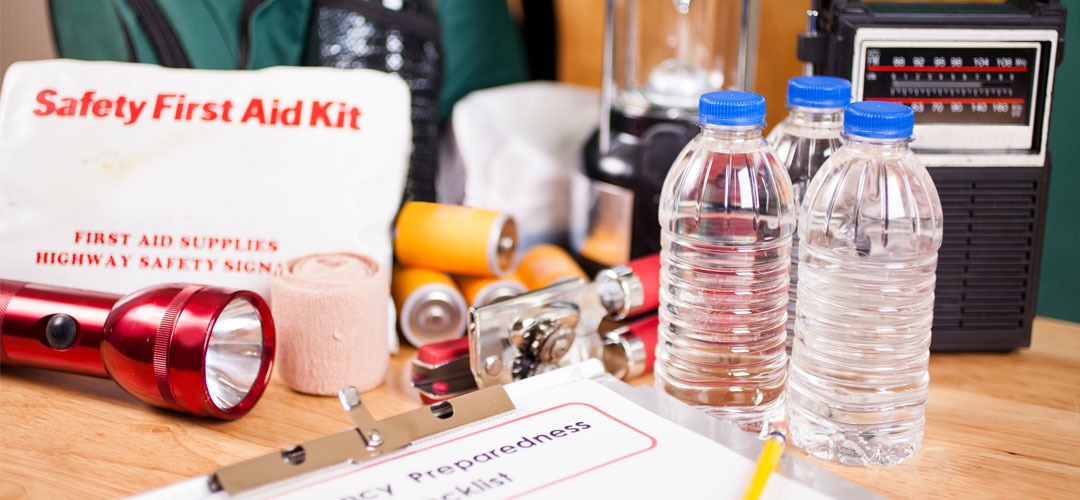
Build Your Emergency Kit: Be Ready for Anything
When the unexpected happens, whether it’s a severe storm, power outage or another emergency, having a well-stocked emergency kit can help you and your family stay safe and comfortable.
What to pack in your emergency kit
- Flashlights and batteries
Keep flashlights in several rooms of your home, and make sure you have extra batteries. Flashlights are safer than candles, especially during outages. - Food and water
Stock at least a three-day supply of non-perishable food items like canned goods and granola bars. Don’t forget a manual can opener. You’ll also need one gallon of water per person per day for drinking and basic hygiene. - First-aid kit
Make sure your kit includes bandages, antiseptic wipes and any prescription medications your family needs. Include over-the-counter items like pain relievers and allergy medicine. - Battery-powered or hand-crank radio
Staying informed is key. A battery-powered or hand-crank radio lets you hear important updates when the power is out. Keep extra batteries on hand. - Blankets and warm clothing
Pack seasonal clothing and extra blankets or sleeping bags. Even in warmer months, a blanket can provide comfort and protection if you lose power. - Hygiene items
Include hand sanitizer, wet wipes, toothbrushes, toothpaste, deodorant and other basic items. For families with babies or toddlers, don’t forget diapers and baby wipes. - Important documents
Store copies of key documents like insurance policies, ID cards and medical information in a waterproof container. It’s also helpful to have a printed list of important phone numbers. - Portable phone charger
Make sure you have a portable charger to keep your phone powered if the electricity goes out. Keep it charged and ready to go.
Where to keep your kit
Place everything in a large, sturdy container like a plastic bin or duffle bag and store it in an easy-to-reach spot. Let everyone in your household know where it is and what’s inside.

